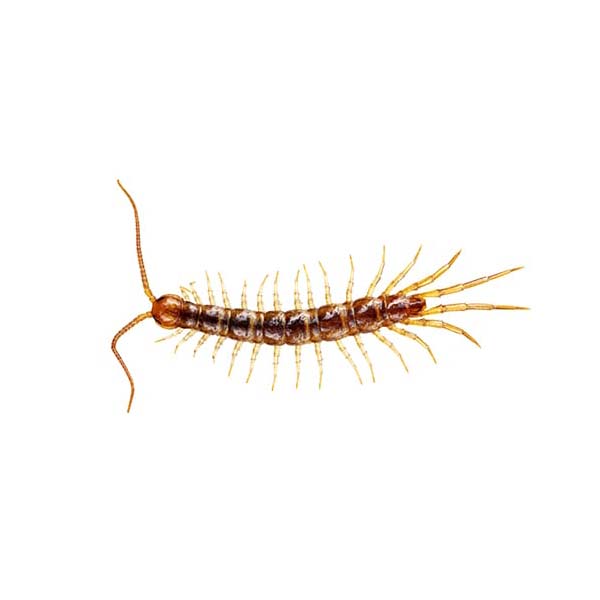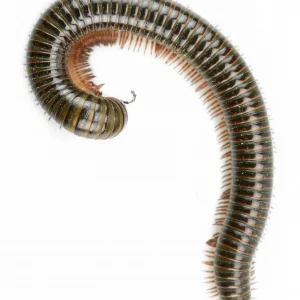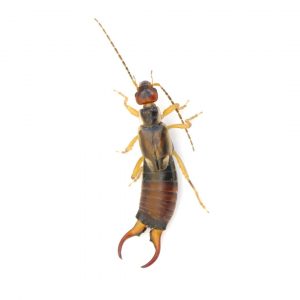Bark & Stone Centipedes in Georgia
Stone and Bark Centipedes, along with all other centipedes (Class Chilopoda), have one pair of legs per body segment. This differentiates them from millipedes, which will have two pairs of legs per body segment. They have a great variation in size. Their feet end in little claws/barbs to help them get a better grip on prey. In Georgia, most species of either one of these centipedes are black, brown, tan, red, or orange in color and they are flattened from top to bottom. Stone and bark centipedes eat insects and other small arthropods, usually their size or smaller. Some of the bigger species of bark centipedes can go after larger vertebrates (bats, frogs, rats, mice, etc.). Using their last pair of legs many stone and bark centipedes can grab or pinch a threat to get a better grip before biting or as an alternative to biting. They tend to be sharp/pokey and that is usually all the deterrent needed!
Bark & Stone Centipede Habitat
Stone and bark centipedes are found across North America. They usually live outdoors and can be found under rocks, logs, leaf piles, debris piles, etc. Any area that is high in moisture is the perfect location for these centipedes to reside.
Bark & Stone Centipede Behaviors, Threats, or Dangers
Stone and bark centipedes are voracious predators. They are beneficial to have around the outside of your home, but they do present some risk. Centipedes are able to bite and inject venom which can cause pain and irritation. Most of the bark or stone centipedes in Georgia are usually not strong or large enough to bite, but it is not impossible. If you are bitten, unless you are allergic to the venom, it will be equivalent to a mild bee sting. Some of the larger species out west can be of medical significance.






